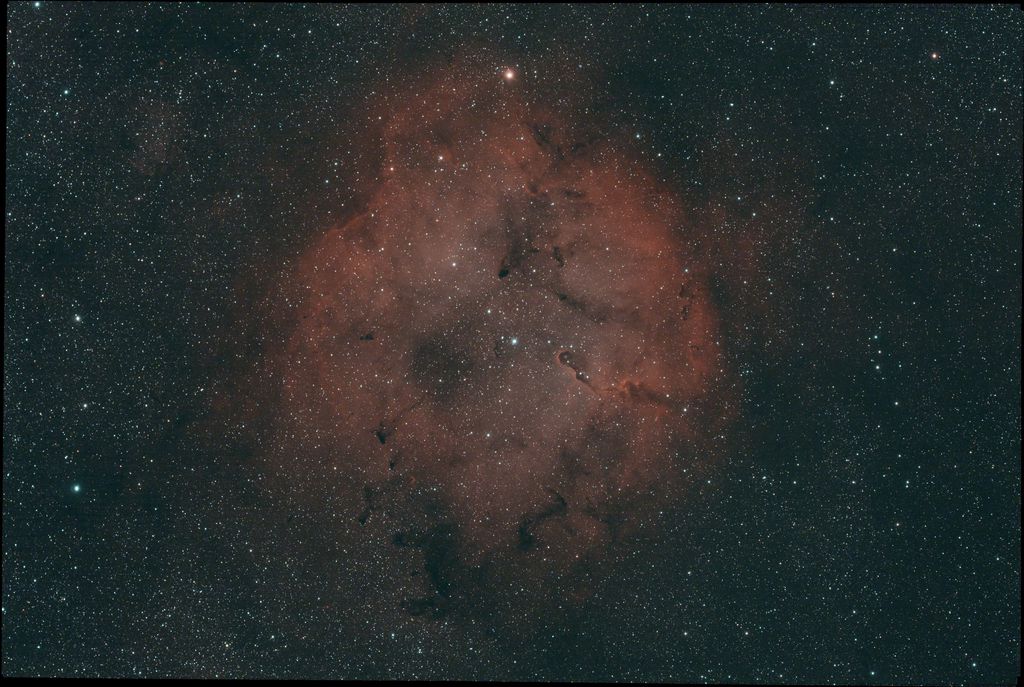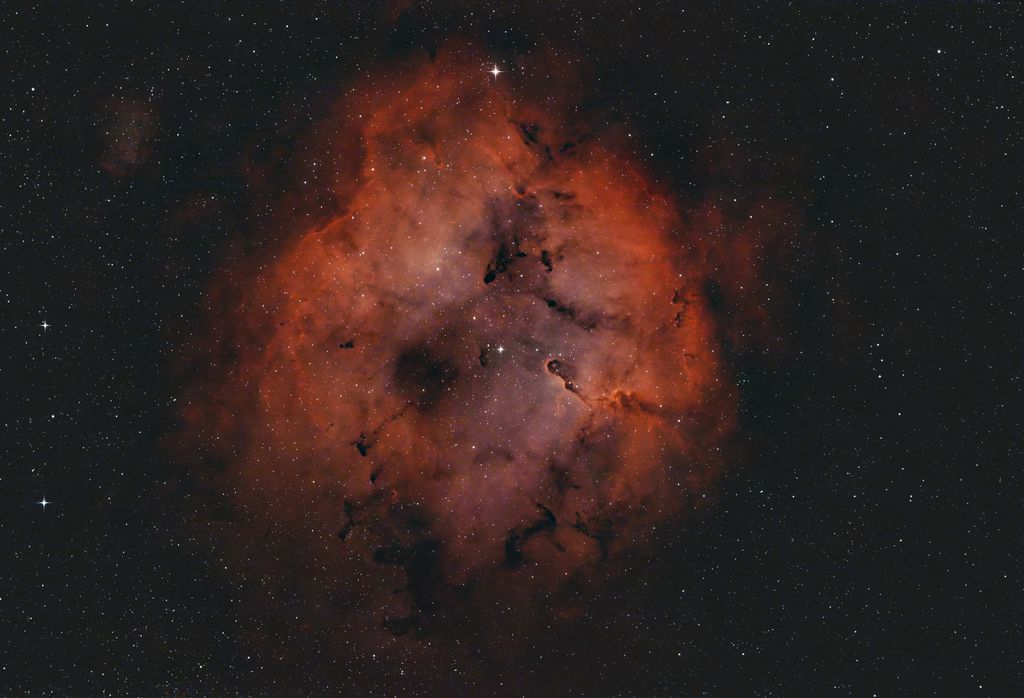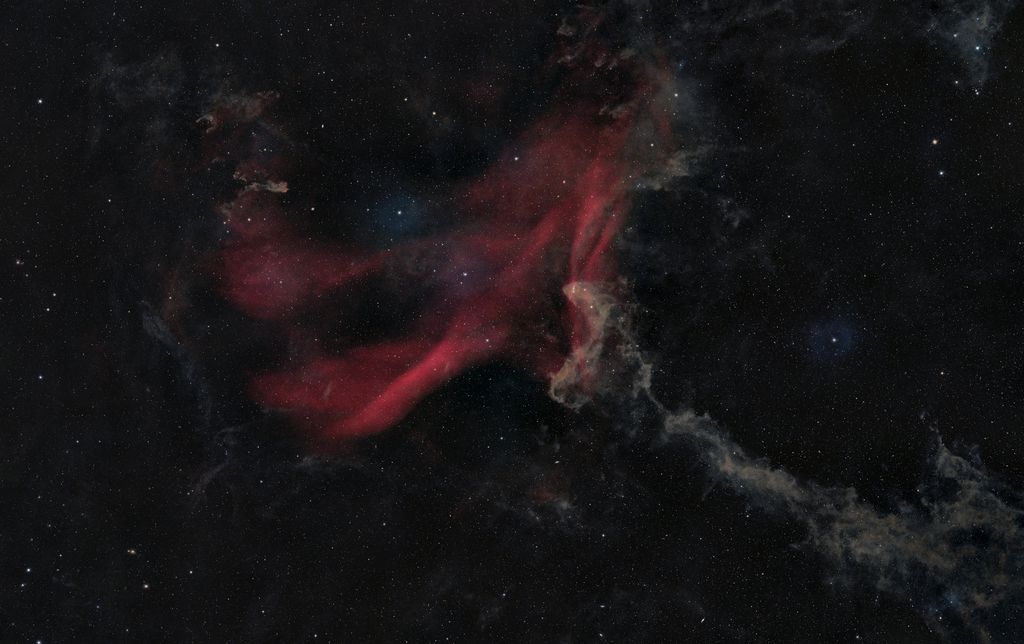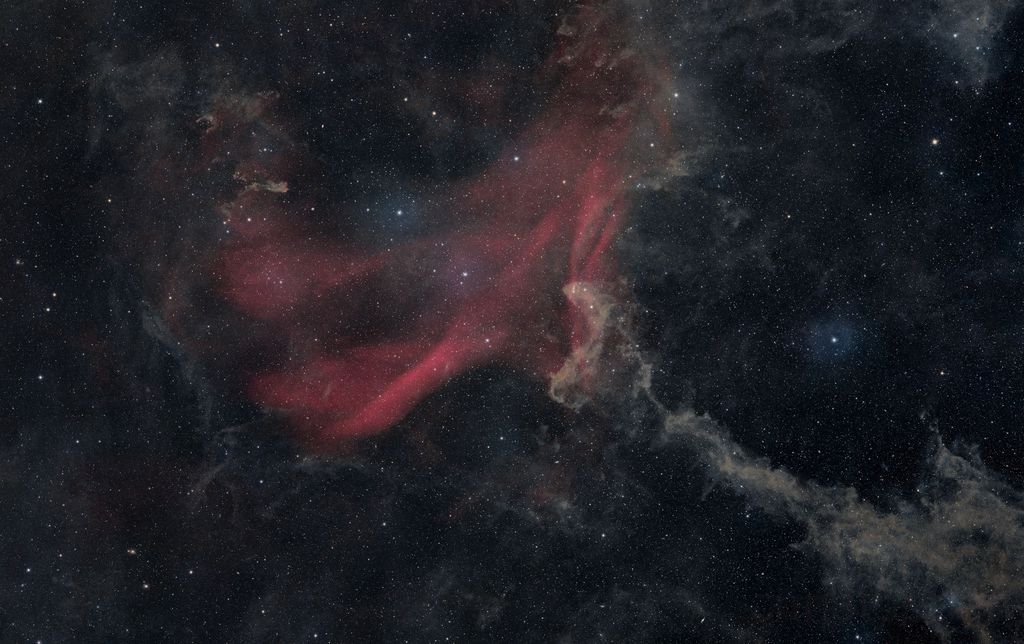A common technique, and one which I use also, is to create a starless version of the image so that you can work the nebulosity without affecting the stars. I use StarXterminator to create the starless image. Then process a copy of the image containing the original star field separately. Then blend the two images.
A step I add to this process, especially for dense star fields, is to mask out some of the stars on a copy of the image that still contains stars. I then blend the reduced star field image with the starless image to create the final image.
I use APP + PS so I cant give you specifics on the process under PI, but here it is in general.
- stack subs to create a complete original image
- create 2 copies of original image (one which will have stars removed, one which will not)
- remove stars from one copy of image.
- adjust starless image as desired
- mask stars in the other original image copy (I use a luminosity mask tool, TK Luminosity Mask, in PS to do this). Select stars based on luminosity until you have the density of star field that you want.
- blend the starred and starless images together.
Example images from a wide FOV of IC 1396 (Elephant Trunk):
Original:

Blended:








